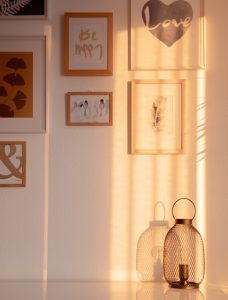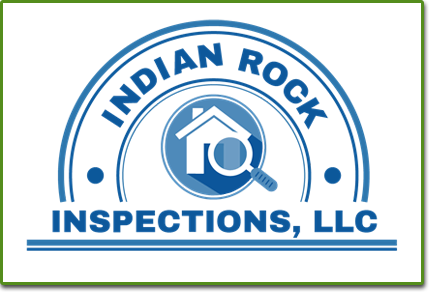 When we think about home maintenance, we often focus on the visible—peeling paint, leaky faucets, or creaky floors. But some of the most serious issues can hide silently behind your walls, quietly compromising your home’s safety, efficiency, and value. These hidden problems may go unnoticed for years, only surfacing when the damage becomes costly or even hazardous.
When we think about home maintenance, we often focus on the visible—peeling paint, leaky faucets, or creaky floors. But some of the most serious issues can hide silently behind your walls, quietly compromising your home’s safety, efficiency, and value. These hidden problems may go unnoticed for years, only surfacing when the damage becomes costly or even hazardous.
Here are some of the most common (and often overlooked) issues that can be lurking behind the walls of your home.
1. Electrical Wiring Issues
Outdated or improperly installed wiring is one of the most dangerous problems hiding behind walls. Over time, wires can deteriorate, become overloaded, or get damaged by pests. The result? A significant fire hazard. Flickering lights, frequently tripped breakers, or a burning smell can be subtle clues, but many wiring problems show no signs until it’s too late.
2. Plumbing Leaks and Moisture Intrusion
A slow leak behind a wall may not make noise or show visible signs right away. Yet, over time, it can cause major structural damage and mold growth. Pipes can corrode, connections can loosen, or pressure can build up undetected. By the time a stain appears on drywall, the issue may already be extensive.
3. Hidden Mildew and Mold
Unfortunately, mold often starts growing long before it becomes visible or gives off a noticeable smell. Prolonged exposure can lead to health issues—especially for those with allergies or respiratory conditions—and can damage drywall, wood, and insulation.
4. Pest Infestations
Rodents and insects don’t usually announce their arrival. They prefer the hidden spaces behind your walls, where they can chew through insulation, wires, and even plumbing. The longer they go undetected, the more damage they can cause—not to mention the hygiene issues they bring along.
5. Compromised Insulation
Proper insulation is essential for energy efficiency, yet it can degrade or settle over time without any outward signs. In some cases, insulation may have never been properly installed to begin with. Poor insulation can lead to rising utility bills, uneven temperatures, and unnecessary strain on your HVAC system.
6. Structural Shifts or Settling
Your home’s framing and support systems are hidden out of sight, but they’re constantly reacting to moisture, soil conditions, and temperature changes. Over time, small shifts can cause cracking, warping, or bowing in critical areas. These may not be visible without opening walls or using specialized tools.
Final Thoughts
A home can look perfectly healthy on the surface while silently deteriorating behind the scenes. Periodic inspections and proactive maintenance are the best defense against these unseen threats. Catching issues early not only protects your investment but also provides peace of mind—knowing your home is truly as solid as it looks.








